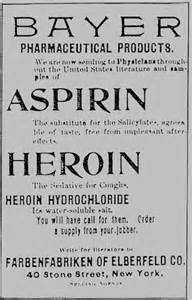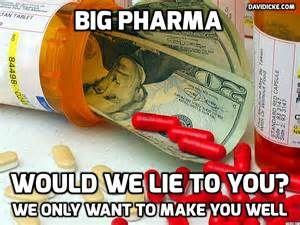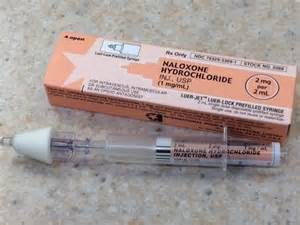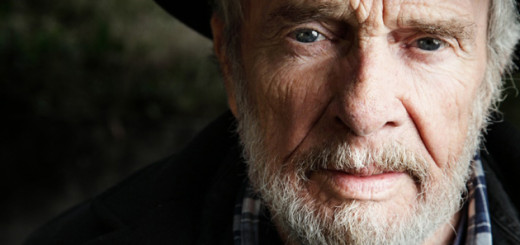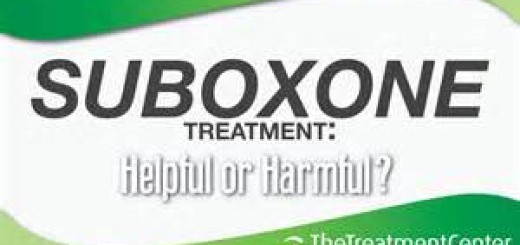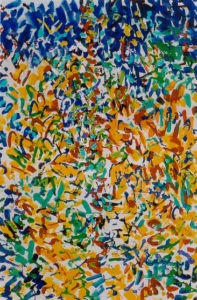Addiction Epidemic: A Little Help Here
As Attitudes Slowly Change, the Government and Drug Companies Have to Do Much More
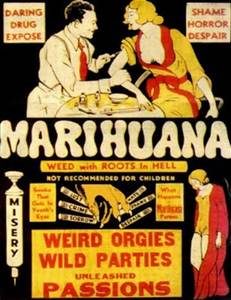
Marijuana remains a Schedule I narcotic, alleging it is highly addictive and has no medicinal value. Who believes that?
Prologue
When President Richard Nixon declared a “war on drugs” in 1971, his motives were perhaps summarized by his top domestic adviser John Erlichman, who infamously said the following:
We knew we couldn’t make it illegal to be either against the war or [against] blacks, but by getting the public to associate the hippies with marijuana and blacks with heroin, and then criminalize both heavily [emphasis mine], we could disrupt these communities. We could arrest their leaders, raid their homes, break up their meetings and vilify them night after night on the evening news. Did we know we were lying about the drugs? Of course we did.
Forty-five years later, we are still living with the consequences.
Families in Crisis
Populating the front pages of our local newspapers these days are stories about parents of addicted love ones and their efforts to marshal resources in order to heal their families. The stories are both heart-breaking and inspirational.
Standing in their way is not necessarily the drug dealer down the street. Two institutions that we rely on to remedy crises such as this–our government and the medical community (especially pharmaceutical companies)- are hamstrung by gridlock, outdated attitudes and policies and just plain greed.
It’s getting better. But until then, families in crisis and their communities often have to create their own recovery space on their own dime.
Enabling the Opioid Epidemic
The opioid epidemic is now the leading cause of death in the US. In 2014 more than 28,000 people died from heroin and prescription pain killer overdoses, exceeding those who died from car accidents, according to the Center for Disease Control and Prevention (CDC).
If this epidemic was caused by an infectious disease or some virus, it would be treated as a health emergency and the response from our leaders would be, “whatever it takes.”
But this is about drugs, and there are entrenched attitudes out there (best summarized by the above marijuana poster) held by people who can’t get used to viewing drug abuse, a crime, as a public health issue. For example, Congress has recently passed over a dozen bills related to the epidemic that would delegate agency involvement and take the handcuffs off doctors who prescribe maintenance drugs such as Suboxone. (My article critical of Suboxone is here.)
But there’s been no bill that provides funding for battling this epidemic. The president asked for $1 billion. The Republican majority in the House of Representatives has been a reluctant soldier and now insists that any federal assistance be offset by cuts in other programs. What part of health emergency do they not understand? The two parties remain gridlocked on funding.
The Elusive Magic Bullet
In 19th century America, doctors prescribed opium (often called laudanum) for all kinds of ailments. Opium dens flourished in big cities and opium consumption (and addiction) skyrocketed.
Pharmaceutical companies introduced morphine in the mid 1850s as a non-addictive treatment for pain. Of course it was found to be as addictive as opium.
At the turn of the century, Bayer Pharmaceuticals produced a drug so potent that Bayer named the drug based on the German word “heroisch,” which meant heroic and strong. Heroin was marketed as a non-addictive form of morphine and…well, the same thing happened. The US government banned heroin in 1914.
Lately, opiate derivatives deemed non-euphoric– methadone and buprenorphine–were developed with no illusion that they were non-addictive cures. The phrase “Medically-Assisted Treatment” entered our lexicon as a valid form of opiate treatment and recovery…an alternative to 12-step programs.
Were the drug companies making an honorable effort to stop addiction in its tracks? Their current behavior might offer a clue.
Your Tax Dollars at Work
Prescriptions for opiate-based pain killers have risen by 300 percent over the last 10 years. But it’s not only the younger folks who are abusing these drugs. According to the Office of the Inspector General (OIG), spending on opiate drugs in the Medicare system has zoomed upwards as compared to spending on all other prescription drugs.
Between 2006 and 2014, Medicare outlays for commonly-abused opioids grew from $1.5 billion to $3.9 billion, an increase of 156 percent.
In some states, over 40 percent of Medicare beneficiaries receive opioid prescriptions. That sounds like a lot of addiction for folks who sit at the head of their families’ dinner tables.
Foxes Guarding the Henhouse
In February of this year, a panel was convened as a part of the Affordable Care Act to improve pain-related treatment strategies. Suspicions arose when members of the panel (I’ll spare you its long name) “objected to federal suggestions that doctors reduce opioid prescriptions for chronic pain.”
As it turned out, two panel members working for the Center for Practical Bioethics received funding from Purdue Pharma, the maker of OxyContin. One panelist received more than $8,000 in speaking fees, travel, meals and accommodations from pain drug makers. A panelist working with the non-profit US Pain Foundation received a $104,800 donation from Purdue Pharma in 2014. Two panel members connected to the American Chronic Pain Association received “substantial” funding from drug makers Pfizer, AstraZeneca, Teva Pharmaceuticals and AbbieVie, Inc.
I suppose it was too good to be true.
Harm Reduction
Baby steps. Little by little, law enforcement and other authorities have come to realize that we can’t arrest our way out of this opiate crisis.
Take the city of Huntington, West Virginia. According to Pew Charitable Trusts, Huntington, a city of 50,000 on the banks of the Ohio River, ranked number one in a state that had the most opiate overdose deaths in the US. Huntington’s overdose death rate is about 10 times the national rate.
In 2015, the Huntington police department began a program of diverting people caught possessing drugs to treatment rather than jail. The town courted controversy by creating a needle exchange program, the first of its kind in West Virginia. “It made so much sense,” explained Jim Johnson, Huntington’s former police chief. “It was relatively cheap to stand up and would save…millions in health care costs.”
Good Samaritans
Most significantly, Huntington started promoting the use of Naloxone, a drug that acts as an antagonist to opioids and quickly reverses an overdose. But instead of confining its weekly clinics on how to administer Naloxone to medical professionals, the town welcomed drug users, who learned how to rescue their fellow users. A 2015 Good Samaritan law forgave 9-1-1 calls reporting an overdose.
The early results are encouraging: Overdose deaths in Huntington are down 40 percent in the first quarter of 2016, compared to the same period last year. Something’s working.
Coda
Perhaps you’ve seen the TV commercial. It alerts Americans to a new malady and even gives it an acronym: Opioid-Induced Constipation (OIC). (Disclosure: opiates make you constipated. Take it from me: It’s manageable.) What a bonanza for the drug companies: They stubbornly maintain a huge market for prescription opioids (Americans use the most opioids of any nation) and then get to create a booming new market for a new drug that purports to remedy a side-effect–constipation–that was always there.
Perfect.

